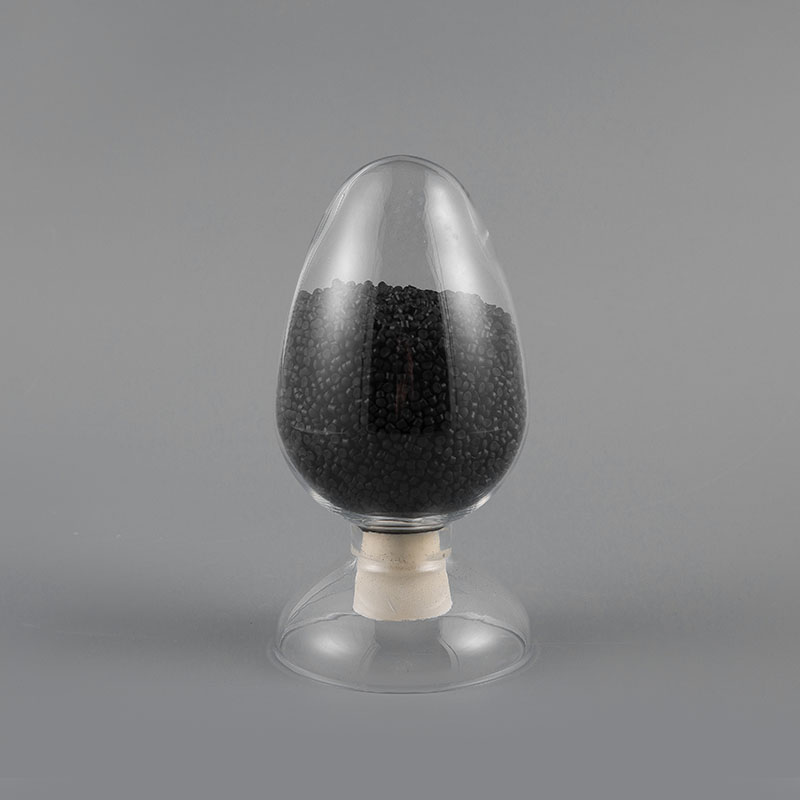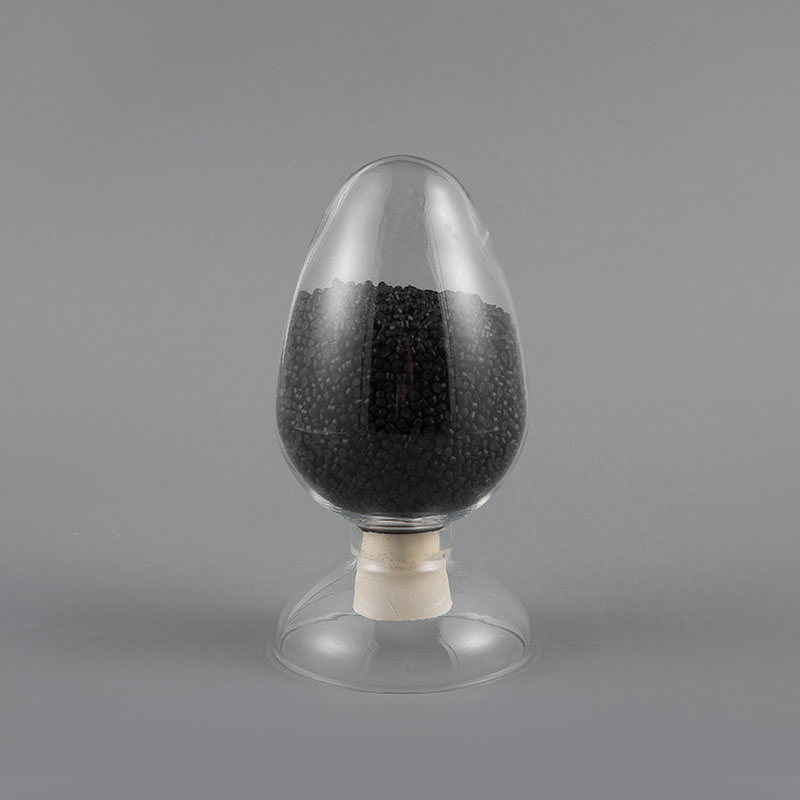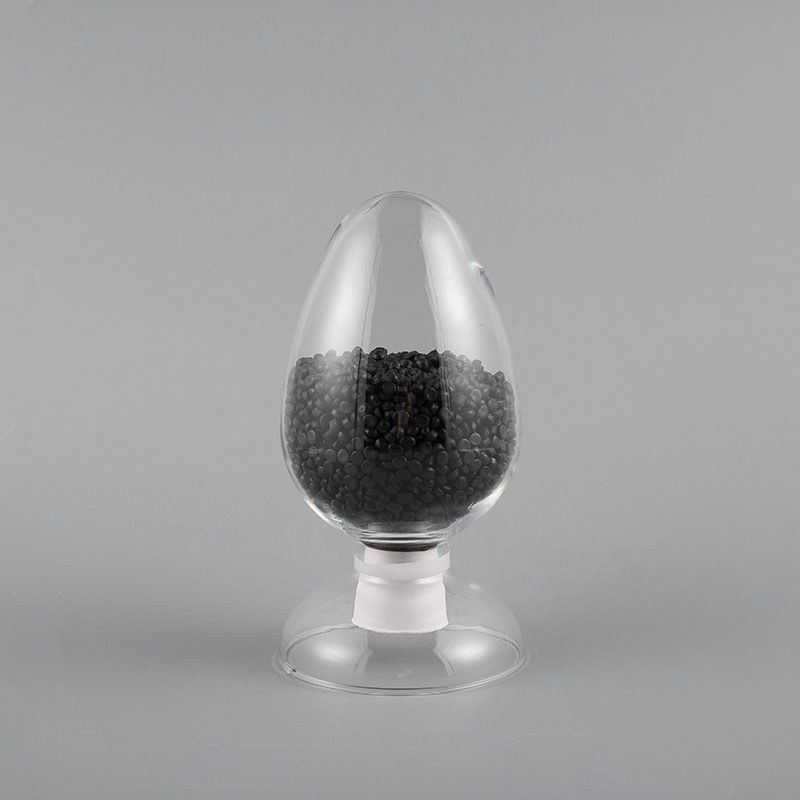HZJ-90 90℃ PVC Flame Retardant Soft Sheath Plastic has flame retardant properties and can maintain s...
ABOUT US
30YEARS OF
EXPERIENCE
About Us
Coming From China, Marketing To The World.
Hangzhou Meilin New Materials Technology Co., Ltd. is China Custom Wire And Cable Compound Manufacturers and Wire And Cable Compound ODM/OEM Exporters, we were established in July 1994 (formerly known as Zhejiang Lin'an Hongyan Plastic Factory). The company has two factories located at 619 Linglongshan Road and 259 Xingyu Street, Lingqiu Street, Linglong Industrial Park, Lin'an District, Hangzhou City. The registered capital of the company is 75 million yuan, covering an area of over 18000 square meters and a building area of over 30000 square meters. Currently, modern industrial factories and 18 advanced automated production lines have been built. The new factory area will be produced in 2021, making it the cleanest and most beautiful professional cable material manufacturer in the entire region—agreement conditions.
Honor
Certifications
Wire And Cable Compound Industry Knowledge
What are the differences in the application of wire and cable compounds in different types of cables (such as power cables, communication cables, etc.)?
There are significant differences in the application of wire and cable compounds in different types of cables, mainly in terms of material selection, functional requirements and performance optimization. Here are some key differences:
Power cable:
Insulation material requirements: Power cables need to use compounds with high voltage resistance and high insulation properties, such as cross-linked polyethylene (XLPE) and ethylene propylene rubber (EPR), to ensure safe operation at high voltages.
Heat resistance: Power cables are usually used to transmit large amounts of current, so the compounds need to have good heat resistance. High-temperature-resistant materials are often used to prevent the cables from aging or being damaged in high-temperature environments.
Flame retardancy: Power cables are often used in situations that require high safety, so flame retardant properties are very important. Fluorine- or halogen-containing flame retardant materials are usually used to prevent the spread of fire.
Communication cable:
Low signal interference: Communication cables, coaxial cables and optical fiber cables require compounds with good electromagnetic shielding properties to reduce signal interference and ensure the complete transmission of high-frequency signals.
Low dielectric constant: Insulating materials (such as expanded polyethylene) in communication cables need to have low dielectric constant and low loss properties to increase signal transmission speed and reduce signal attenuation.
Environmental resistance: The outer sheath compound of optical fiber cables used for communications needs to be durable and corrosion-resistant, usually using polyethylene or polyvinyl chloride to cope with complex outdoor environments and underground laying requirements.
Industrial control cable:
Chemical resistance: Industrial control cables are usually exposed to various chemical environments, so the compounds must have good chemical resistance, such as using PVC or TPU materials to cope with acid, alkali and oily environments in industry.
Flexibility: Control cables often need to be bent multiple times in industrial applications, so the compound must have good flexibility and mechanical durability, usually using soft rubber materials such as neoprene.
Automotive cables:
High temperature and oil resistance: Automotive cables need to withstand high temperatures in the engine compartment and exposure to oil, so they use high temperature and oil-resistant compounds such as thermoplastic polyurethane (TPU) and oil-resistant rubber materials.
Abrasion resistance and vibration resistance: Since automotive cables need to cope with vehicle vibration and wear, the outer sheath material usually requires high abrasion resistance and vibration resistance.
Fiber optic cable:
Protect the optical fiber from mechanical damage: The compound of the optical fiber cable should have good buffering and pressure resistance. Special fillers or foamed polymers are usually used to protect the optical fiber from mechanical damage.
Moisture-proof performance: In order to prevent the optical fiber from being affected by moisture and affecting signal transmission, the outer sheath compound needs to have excellent moisture-proof properties, such as using waterproof polyethylene or polymer coating.
What is the basis for selecting fire resistance and flame retardant properties of wire and cable compounds?
In the process of selecting fire resistance and flame retardant properties of wire and cable compounds, the following key factors are mainly based on:
1. Application scenarios and safety requirements
Cables inside buildings: Cables used inside buildings (residential and commercial buildings) usually require higher flame retardant properties to prevent the flame from spreading rapidly along the cable when a fire occurs. Relevant standards such as IEC 60332 or UL 94 have very strict flame retardant requirements for cable materials.
Industrial environment: In high-risk environments such as chemical plants and oil and gas facilities, cable compounds need to be not only flame retardant, but also have higher fire resistance, such as maintaining insulation and structural integrity under extremely high temperatures.
Tunnels and subway systems: Cable compounds in such enclosed spaces need to be not only flame retardant, but also have extremely low smoke and non-toxic emission characteristics to reduce the threat to personnel in fires.
2. Flame retardant grade
Ordinary flame retardant: For general flame retardant requirements, halogen-containing compounds (such as polyvinyl chloride PVC) are often selected. This material suppresses the spread of flames by releasing halogen gas in a fire, but may produce toxic smoke.
Low smoke zero halogen (LSZH): In order to reduce the toxicity and smoke in fire, many high-demand occasions (such as public places, subways, tunnels) use low smoke zero halogen materials such as polyolefins, modified PE and EVA. LSZH materials produce less smoke and do not release toxic gases when burning.
Refractory materials: When it is necessary to maintain the functionality of the cable in a fire, refractory materials such as silica gel and minerals are used. These materials maintain the insulation properties of the cable at high temperatures, allowing it to continue to supply power or transmit signals in a fire.
3. Composition of compounds
Halogen-containing flame retardant materials: Compounds such as PVC containing halogen elements such as chlorine and bromine suppress the combustion reaction by releasing hydrogen halide gas in the flame. This type of material has good flame retardant properties, but it will produce toxic gases and a lot of smoke in a fire.
Halogen-free flame retardant materials: Halogen-free materials such as polyethylene (PE) and polypropylene (PP) achieve flame retardant properties by adding flame retardant fillers such as aluminum hydroxide (ATH) and magnesium hydroxide (MDH). This type of material does not produce halogen gas when burning and is suitable for occasions with high environmental protection requirements.
Ceramic compounds: For fire-resistant cables, special ceramicized ingredients are used. At high temperatures, these materials are able to form a hard protective layer that maintains the structural integrity of the cable.
4. Temperature tolerance
The ambient temperature in which the cable is used and the extreme temperatures when a fire occurs also affect the choice of compound. Fire-resistant cables usually need to be able to maintain functionality at temperatures exceeding 800°C or even 1000°C, and often use cross-linked polyethylene (XLPE), ethylene propylene rubber (EPR) or mineral insulated cables (such as magnesium oxide cables).
5. Mechanical properties
In addition to flame retardancy and fire resistance, cable compounds also need to have good mechanical properties such as wear resistance, impact resistance and flexibility, especially in the long-term use process to effectively resist external factors such as wear and corrosion. Flame retardant additives should not affect the basic physical properties of the compound.
6. Regulations and standards
Different industries and applications have clear regulations and standards for the flame retardancy and fire resistance of cable compounds. Common standards include:
IEC 60331 and IEC 60332: have specific requirements for the fire resistance and flame retardant properties of cables.
UL 94: Classifies the flame retardancy of plastic materials.
BS 6387: Evaluates the performance of cables under conditions such as flame, heat and impact.
RoHS and REACH directives: Limits on the content of hazardous substances (such as halogens) in compounds.
7. Environmental and health considerations
With the tightening of environmental regulations, the market demand for low-smoke zero-halogen (LSZH) materials is increasing. These materials produce less smoke when burned and do not release harmful halides, making them suitable for use in crowded areas or places with high environmental requirements.


 English
English 中文简体
中文简体 русский
русский


















